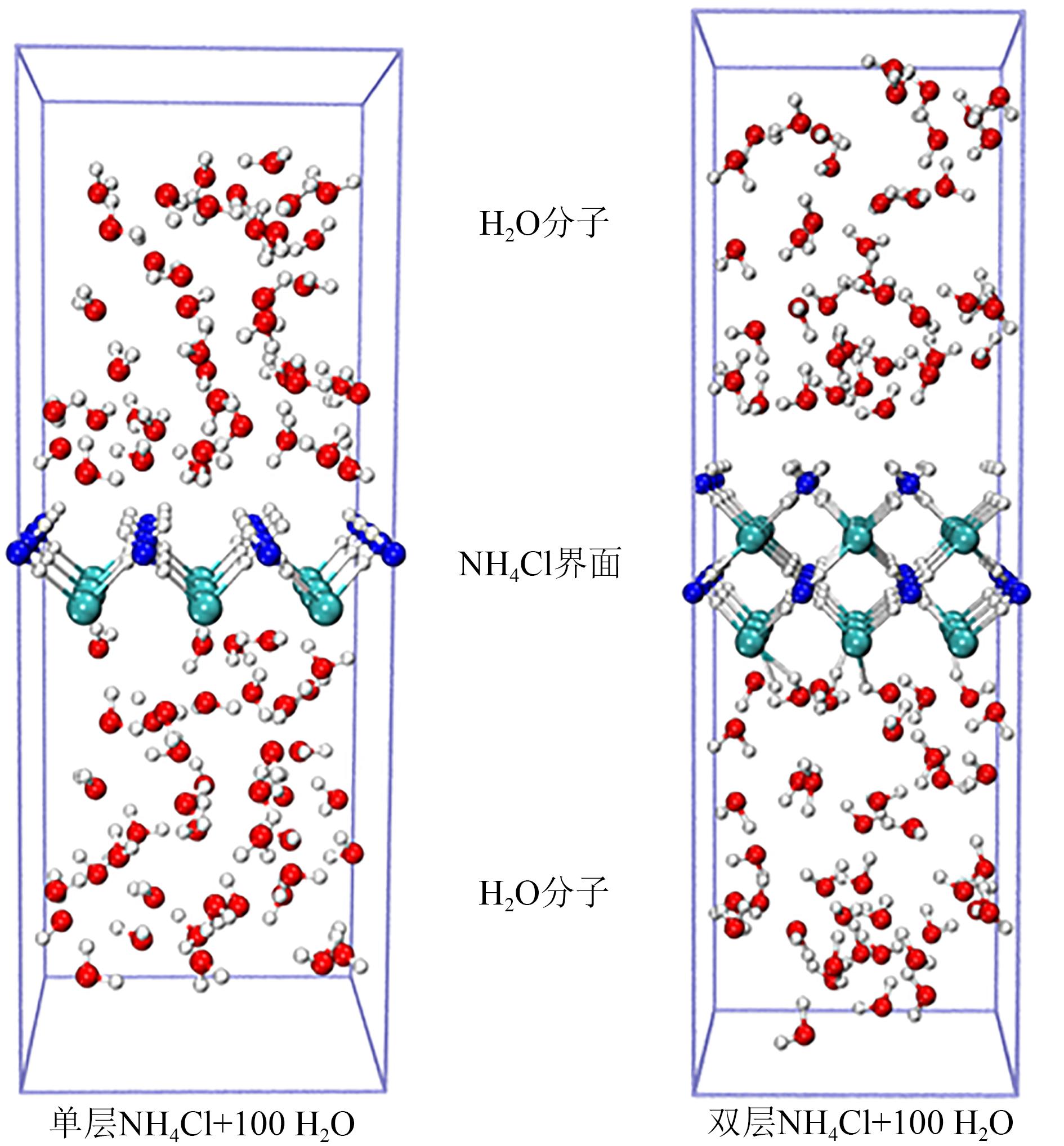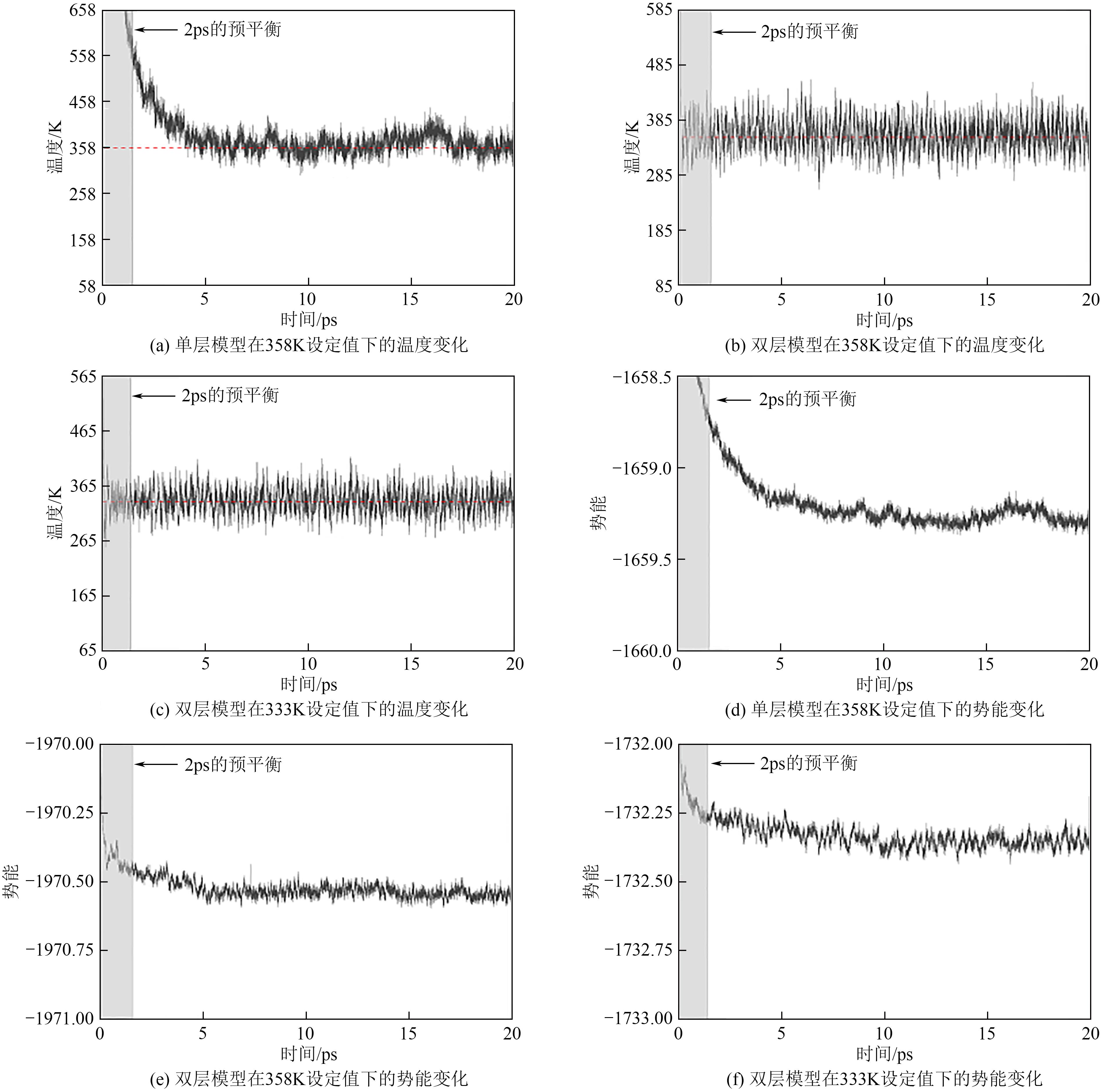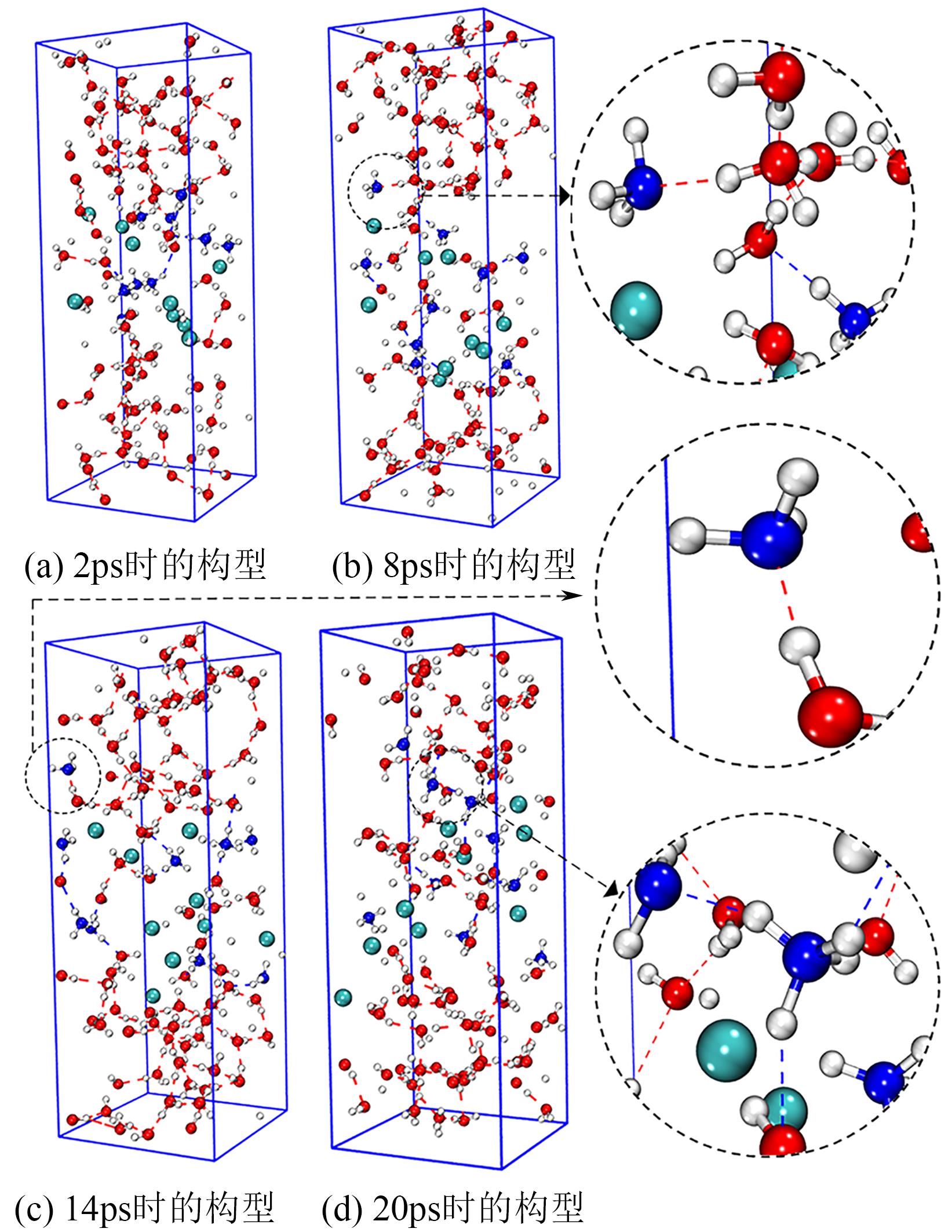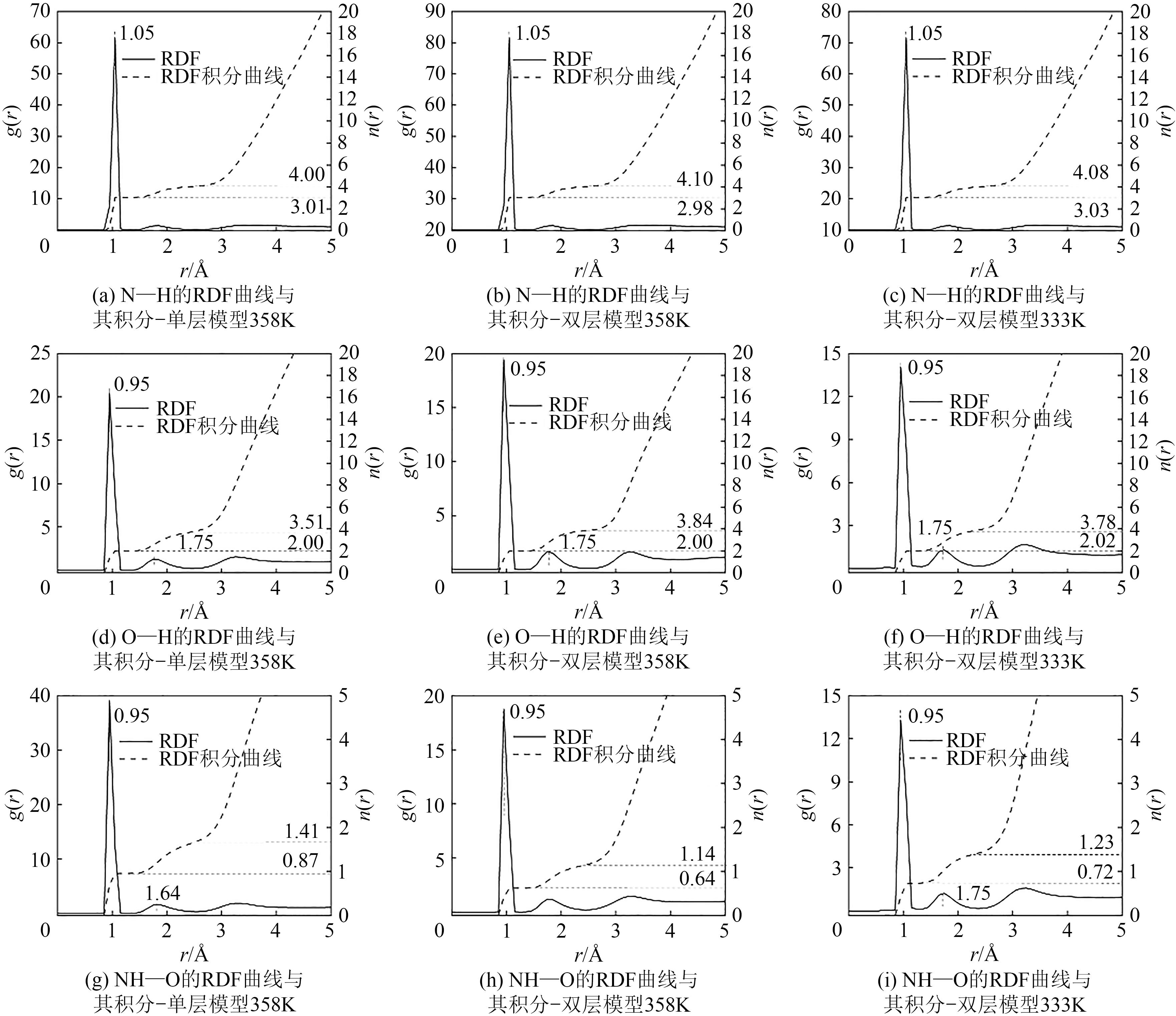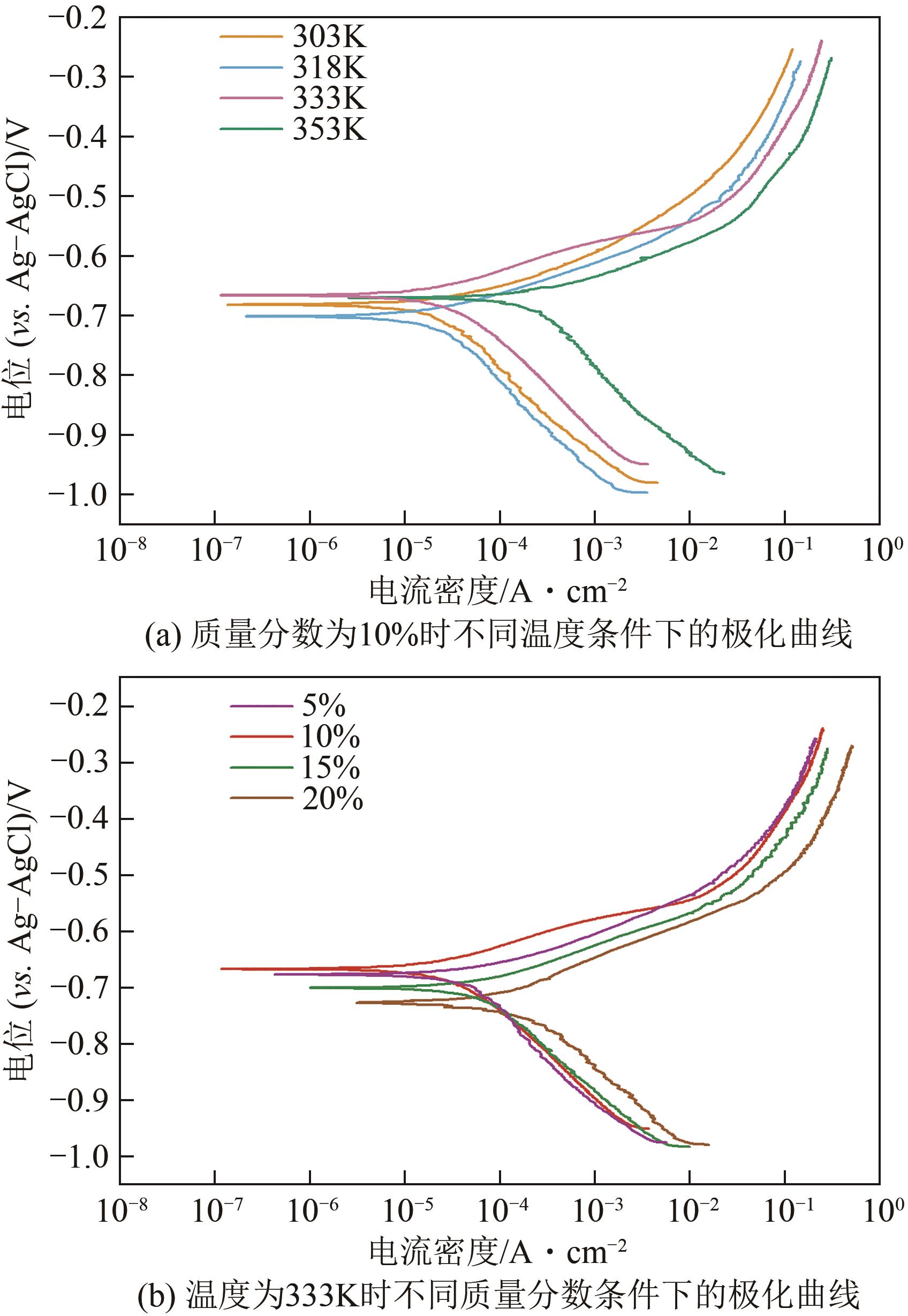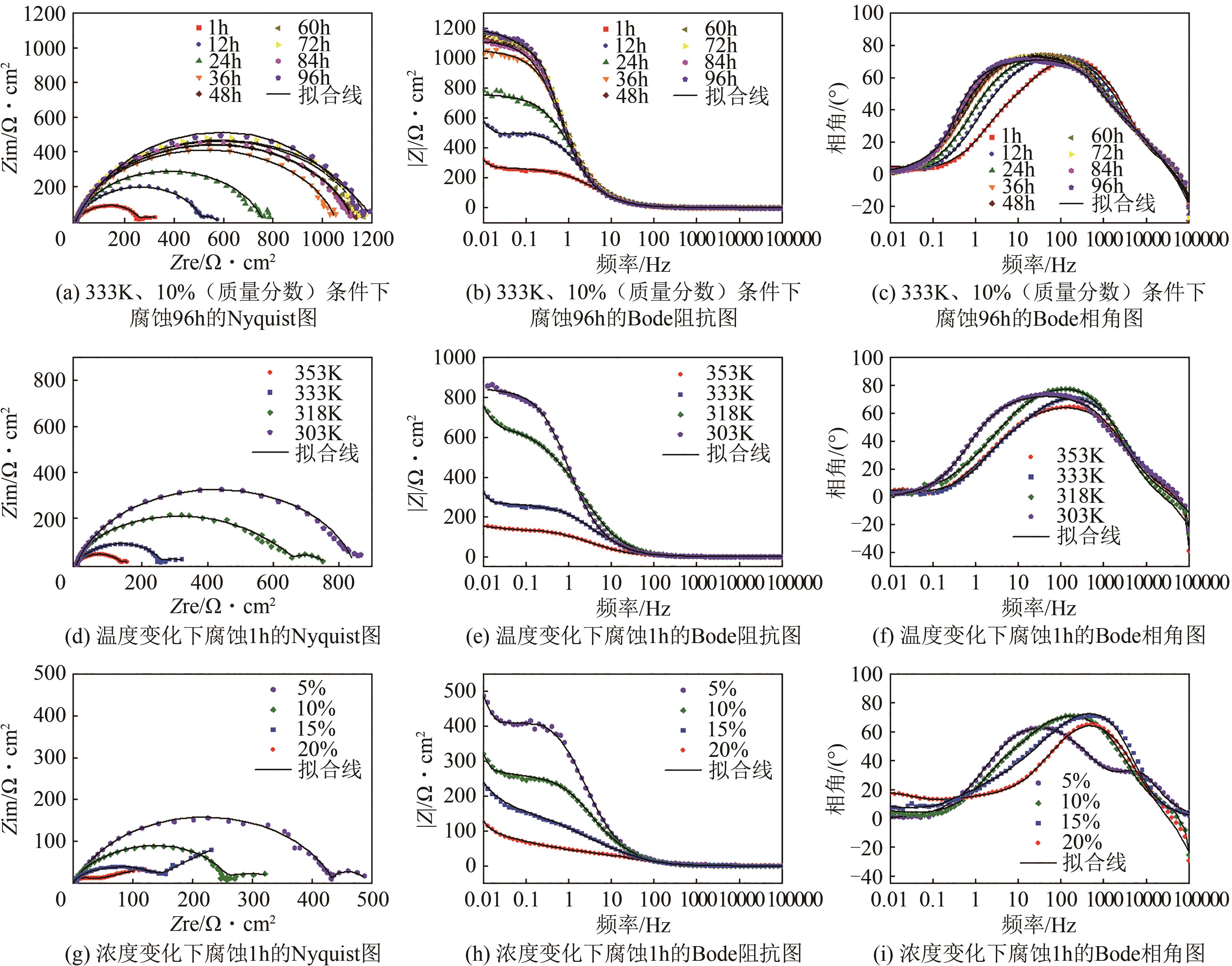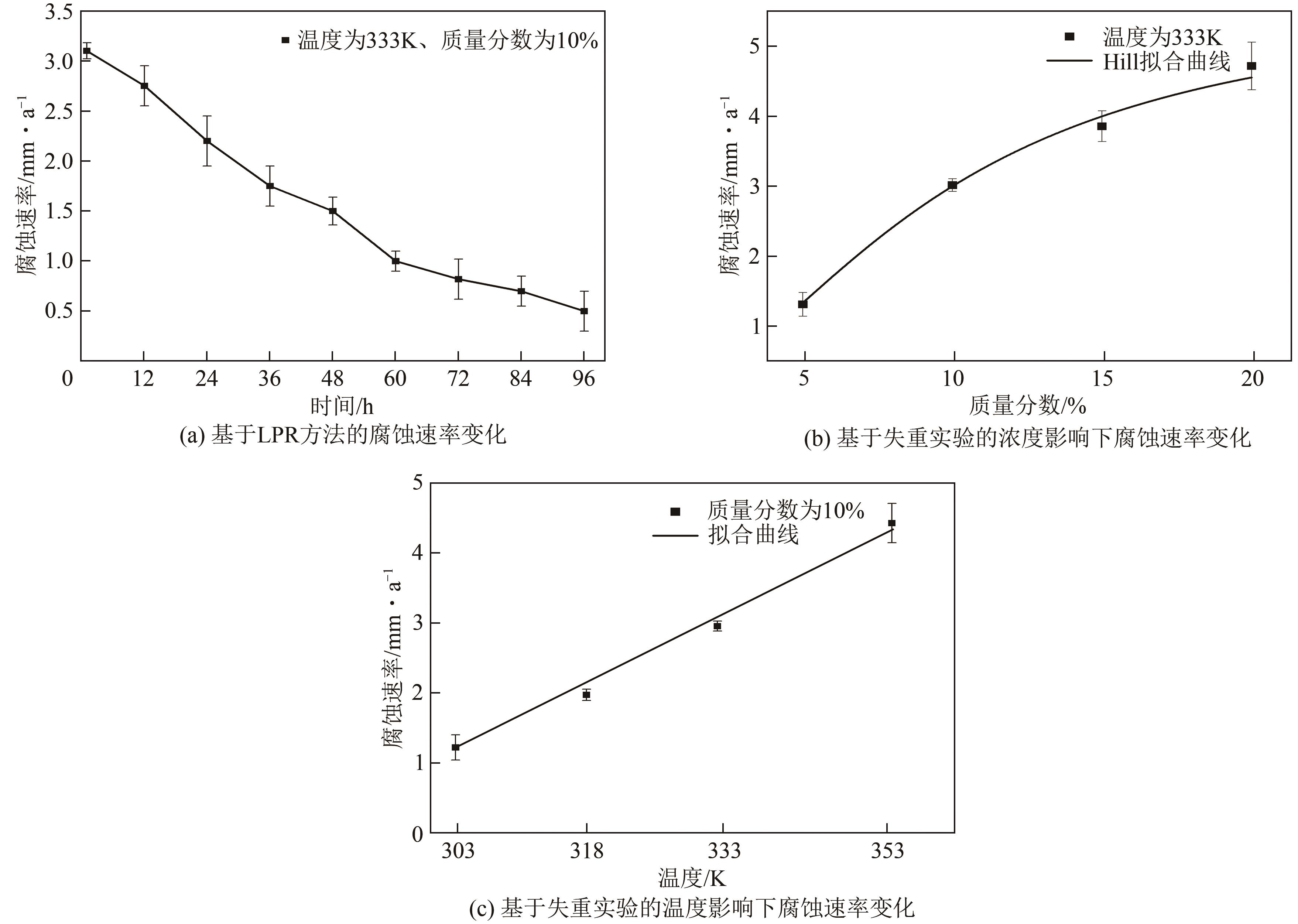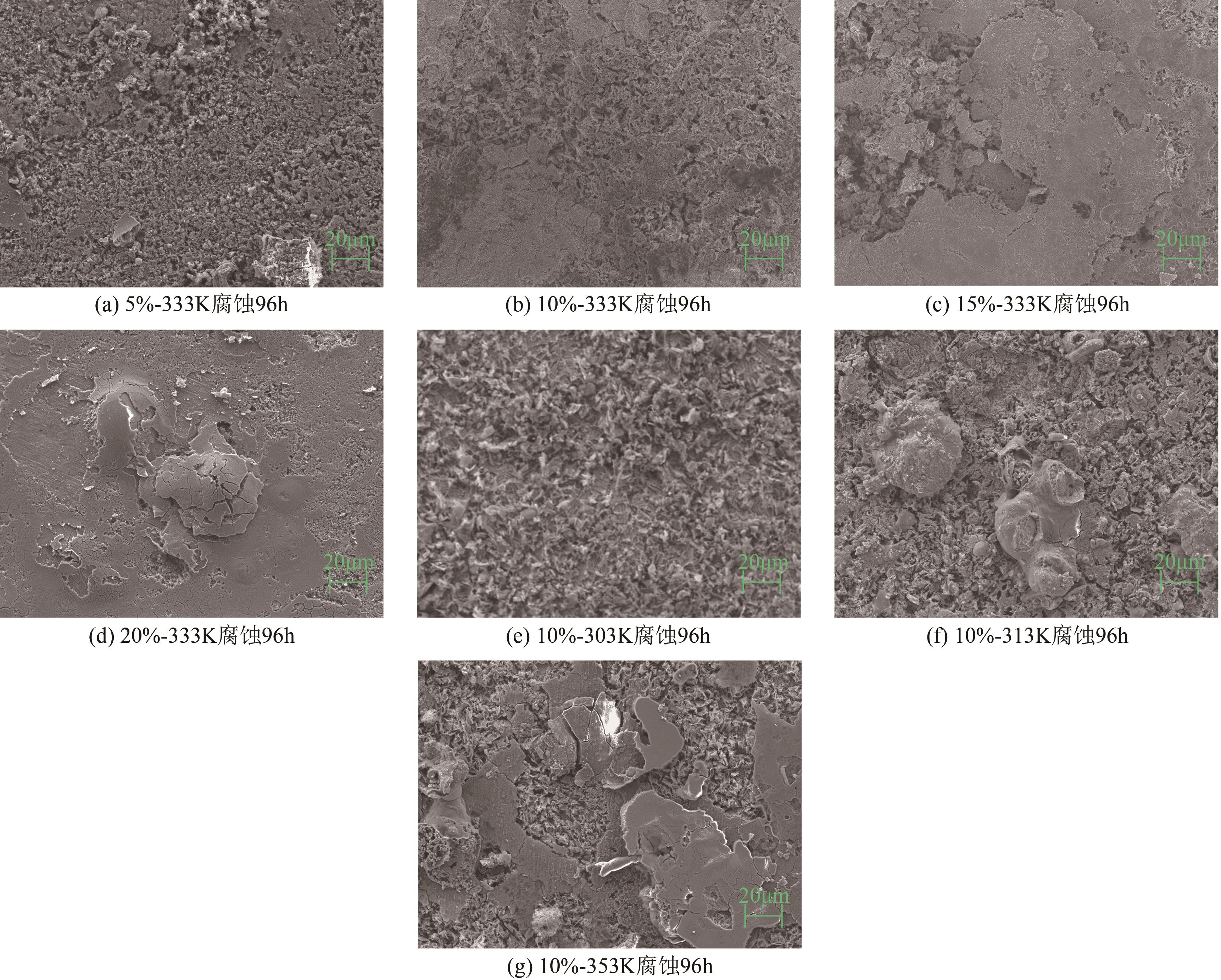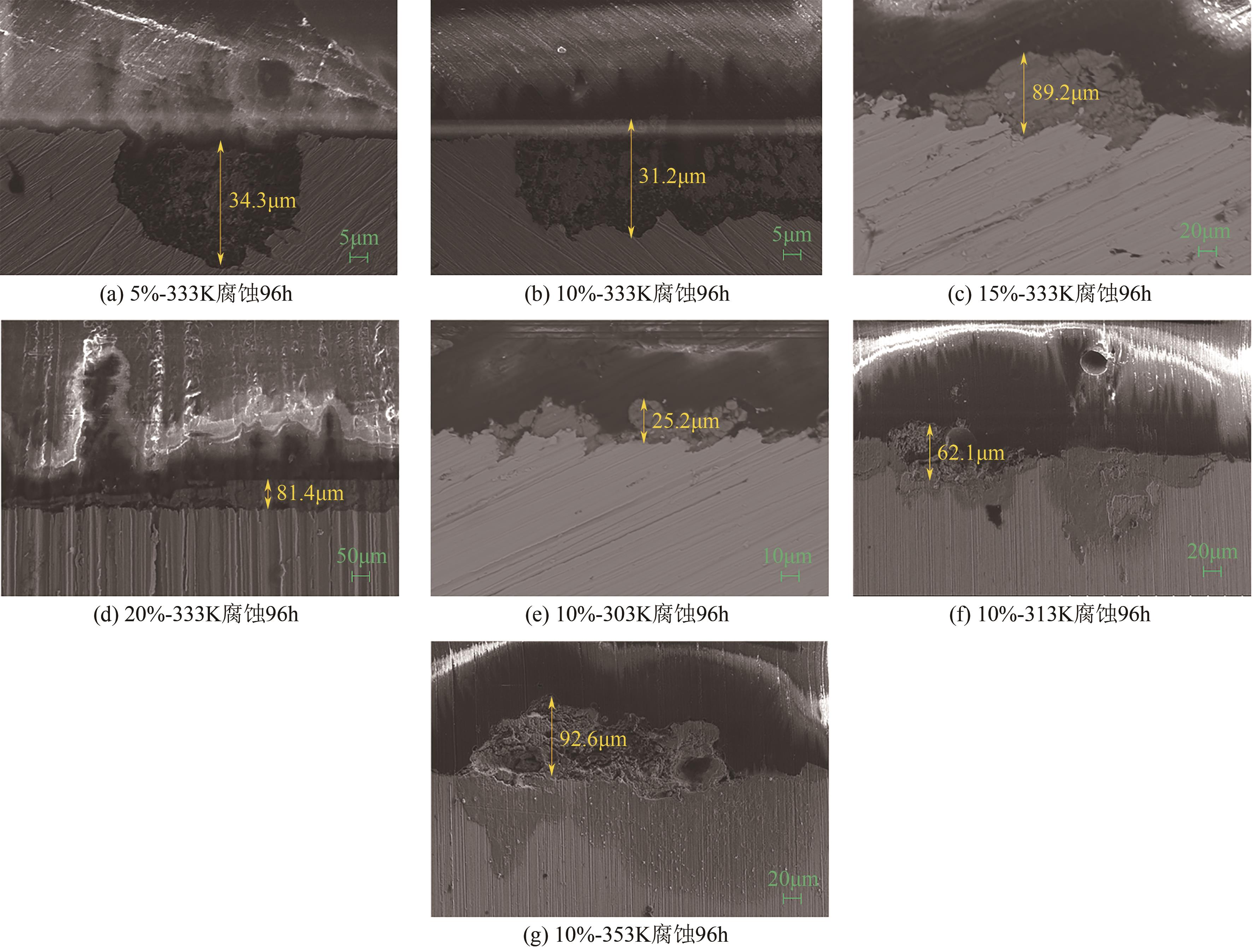| 1 |
胡洋, 朱胜国, 王昌龄, 等. 氨精馏塔腐蚀失效原因分析[J]. 石油化工腐蚀与防护, 2013, 30(2): 61-64.
|
|
HU Yang, ZHU Shengguo, WANG Changling, et al. Corrosion failure analysis of an ammonia fractionation tower[J]. Corrosion & Protection in Petrochemical Industry, 2013, 30(2): 61-64.
|
| 2 |
王宽心. 石化系统铵盐结晶沉积预测及腐蚀规律研究[D]. 杭州: 浙江理工大学, 2014.
|
|
WANG Kuanxin. Ammonium salt crystal deposition prediction and corrosion behavior of petrochemical system[D]. Hanzhou: Zhejiang Sci-Tech University, 2014.
|
| 3 |
余进, 王刚, 乔光谱. 常减压蒸馏装置塔顶系统的腐蚀机理与防护措施[J]. 腐蚀与防护, 2019, 40(9): 687-691.
|
|
YU Jin, WANG Gang, QIAO Guangpu. Corrosion mechanism and protective measures of overhead system of atmospheric and vacuum distillation unit[J]. Corrosion & Protection, 2019, 40(9): 687-691.
|
| 4 |
张中洋. 常减压装置常顶循系统腐蚀原因分析及对策[J]. 石油化工设备技术, 2016, 37(2): 59-61, 9.
|
|
ZHANG Zhongyang. Cause analysis on the corrosion of overhead circulation system in cdu and the countermeasures[J]. Petrochemical Equipment Technology, 2016, 37(2): 59-61, 9.
|
| 5 |
牛鲁娜, 刘小辉. 原油氯化物的起因、危害及控制研究进展[J]. 安全、健康和环境, 2015, 15(5): 1-5.
|
|
NIU Luna, LIU Xiaohui. Study on the cause, harm and protection of chlorides in crude oil[J]. Safety Health & Environment, 2015, 15(5): 1-5.
|
| 6 |
金浩哲, 王宽心, 偶国富, 等. 基于Aspen Plus的加氢反应流出物铵盐结晶速率计算模型与分析[J]. 石油学报(石油加工), 2015, 31(6): 1444-1449.
|
|
JIN Haozhe, WANG Kuanxin, Guofu OU, et al. Calculation model and analysis of ammonium salt crystallization rate in hydrogenation reaction effluent based on Aspen Plus[J]. Acta Petrolei Sinica(Petroleum Processing Section), 2015, 31(6): 1444-1449.
|
| 7 |
偶国富, 王宽心, 谢浩平, 等. 加氢空冷系统硫氢化铵结晶规律的数值模拟[J]. 高校化学工程学报, 2013, 27(2): 354-359.
|
|
Guofu OU, WANG Kuanxin, XIE Haoping, et al. Numerical simulation of ammonium hydrosulphides crystallization rules in hydrogenation air-cooling system[J]. Journal of Chemical Engineering of Chinese Universities, 2013, 27(2): 354-359.
|
| 8 |
何昌春, 徐磊, 陈伟, 等. 常顶系统流动腐蚀机理预测及防控措施优化[J]. 化工学报, 2019, 70(3): 1027-1034.
|
|
HE Changchun, XU Lei, CHEN Wei, et al. Mechanism prediction of flow-induced corrosion and optimization of protection measures in overhead system of atmospheric tower[J]. CIESC Journal, 2019, 70(3): 1027-1034.
|
| 9 |
王海博, 李云, 程光旭, 等. 常压塔塔顶冷凝系统铵盐腐蚀及控制[J]. 中国石油大学学报(自然科学版), 2018, 42(3): 177-182.
|
|
WANG Haibo, LI Yun, CHEN Guangxu, et al. Mitigation of the ammonium salts corrosion in overhead condensing system of crude tower[J]. Journal of China University of Petroleum (Edition of Natural Science), 2018, 42(3): 177-182.
|
| 10 |
WANG H, ZHANG C, LU C, et al. Understanding of the corrosion behavior of carbon steel in the NH4Cl-H2S-CO2 coexisting environment[J]. Int. J. Electrochem. Sci, 2022, 17: 22035.
|
| 11 |
BARANWAL P K, RAJARAMAN P V. Electrochemical investigation on effect of sodium thiosulfate (Na2S2O3) and ammonium chloride (NH4Cl) on carbon steel corrosion[J]. Journal of Materials Research and Technology, 2019, 8(1): 1366-1378.
|
| 12 |
POPOVA A, CHRISTOV M, VASILEV A. Inhibitive properties of quaternary ammonium bromides of N-containing heterocycles on acid mild steel corrosion. Part II: EIS results[J]. Corrosion Science, 2007, 49(8): 3290-3302.
|
| 13 |
LI R, HUANG H, WANG X, et al. Effect of ammonium salt on corrosion of pipelines and components in a crude oil distillation column: Electrochemical and AIMD studies[J]. Corrosion Science, 2022, 203: 110362.
|
| 14 |
WANG H B, LI Y, CHENG G X, et al. Electrochemical investigation of corrosion of mild steel in NH4Cl solution[J]. Int. J. Electrochem. Sci., 2018, 13: 5268-5283.
|
| 15 |
WANG H, LI Y, CHENG G, et al. A study on the corrosion behavior of carbon steel exposed to a H2S-containing NH4Cl medium[J]. Journal of Materials Engineering and Performance, 2018, 27(5): 2492-2504.
|
| 16 |
TOBA K, UEYAMA M, KAWANO K, et al. Corrosion of carbon steel and alloys in concentrated ammonium chloride solutions[J]. Corrosion, 2012, 68(11): 1049-1056.
|
| 17 |
PASTORE G, SMARGIASSI E, BUDA F. Theory of ab initio molecular-dynamics calculations[J]. Physical Review A, 1991, 44(10): 6334-6347.
|
| 18 |
赵宇军, 姜明, 曹培林. 从头计算分子动力学[J]. 物理学进展, 1998(1): 47-75.
|
|
ZHAO Yujun, JIANG Ming, CAO Peilin. Ab initio molecular dynamics[J]. Progress in Physics, 1998(1): 47-75.
|
| 19 |
PERDEW J P, BURKE K, ERNZERHOF M. Generalized gradient approximation made simple[J]. Physical Review Letters, 1996, 77(18): 3865-3868.
|
| 20 |
GRIMME S, ANTONY J, EHRLICH S, et al. A consistent and accurate ab initio parametrization of density functional dispersion correction (DFT-D) for the 94 elements H-Pu[J]. The Journal of Chemical Physics, 2010, 132(15): 154104.
|
| 21 |
VANDEVONDELE J, HUTTER J. Gaussian basis sets for accurate calculations on molecular systems in gas and condensed phases[J]. The Journal of Chemical Physics, 2007, 127(11): 114105.
|
| 22 |
HARTWIGSEN C, GŒDECKER S, HUTTER J. Relativistic separable dual-space Gaussian pseudopotentials from H to Rn[J]. Physical Review B, 1998, 58(7): 3641.
|
| 23 |
GOEDECKER S, TETER M, HUTTER J. Separable dual-space Gaussian pseudopotentials[J]. Physical Review B, 1996, 54(3): 1703-1710.
|
 ), HUANG Hui2, TONG Guohu1, WANG Yueshe1(
), HUANG Hui2, TONG Guohu1, WANG Yueshe1( )
)
